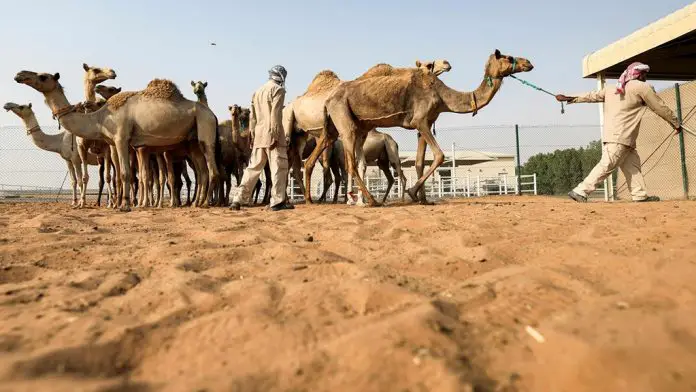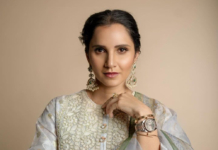
Cloning is in high demand in the competitive world of camel beauty pageants, leaving scientists at a Dubai clinic working round the clock to produce carbon-copy beasts.
Not every animal is blessed with sought-after drooping lips and a tall, elegant neck, but technology now allows wealthy clients to replace their most beautiful camel with one just like it.
At the Reproductive Biotechnology Center, with views of the UAE city’s towering skyscrapers, scientists pore over microscopes while dozens of cloned camels roam outside. “We have so much demand for cloning camels that we are not able to keep up,” the centre’s scientific director Nisar Wani told AFP.
Beauty pageants are not the only driver of the camel cloning industry. Many customers want to reproduce racing camels, or animals that produce large amounts of milk.
But “beauty queens” are the most popular order. Gulf clients will pay between 200,000 and 400,000 dirham ($54,500-$109,000) to duplicate a dromedary.
The camels are paraded at dusty racetracks around the region and scrutinised by judges, with occasional discoveries of Botox and cosmetic fillers adding a spice of scandal to the high-stakes contests.
Saud Al-Otaibi, who runs a camel auction in Kuwait, said customers’ judgement of the animals’ looks is key to his business.
“The price of the camel is determined according to its beauty, health, and how well known the breed is,” he told AFP.
When it comes to young animals, “customers are keen on seeing the mother to determine its beauty before buying the camel,” he added.
No going back
Twelve years ago, Dubai claimed the world’s first cloned camel.
Injaz, a female whose name means achievement in Arabic, was born on April 8, 2009, after more than five years of work by Wani and others.
From the minute Injaz was born, there was no going back.
“We are now producing plenty, maybe more than 10 to 20 babies every year. This year we have 28 pregnancies (so far), last year we had 20,” Wani said with pride.
The centre is churning out “racing champions, high milk-producing animals… and winners of beauty contests called Beauty Queens”, added Wani, sitting in a lab next to the preserved body of a cloned camel in a glass container.
Known as “ships of the desert”, and once used for transport across the sands of the Arab peninsula, camels are symbols of traditional Gulf culture.
Now, after being replaced by gas-guzzling SUVs as the main mode of transport, they are used for racing, meat and milk.
“We have cloned some she-camels that produce more than 35 litres of milk a day,” said Wani, compared to an average of five litres in normal camels.






